Max Kozlov in Nature:
 When clinical trial data for the antiviral drug Paxlovid emerged in late 2021, physicians hailed its astonishing efficacy — a reduction of nearly 90% in the risk of severe COVID-19. But more than a year later, COVID-19 remains a leading cause of death in many countries, and not only in low-income nations where the drug is in short supply. In the United States, for example, hundreds of people still die from COVID-19 each day.
When clinical trial data for the antiviral drug Paxlovid emerged in late 2021, physicians hailed its astonishing efficacy — a reduction of nearly 90% in the risk of severe COVID-19. But more than a year later, COVID-19 remains a leading cause of death in many countries, and not only in low-income nations where the drug is in short supply. In the United States, for example, hundreds of people still die from COVID-19 each day.
Researchers say that the drug’s rollout has been hampered by worries about ‘rebound’ (the mysterious return of symptoms or detectable virus days after a person starts to feel better) and side effects — as well as by declining concern about the risk of COVID-19. Inadequate funding for distribution, the drug’s high price tag and the need for it be taken soon after infection have also slowed its uptake. As a result, physicians have prescribed the drug in only about 0.5% of new COVID-19 cases in the United Kingdom, and in about 13% in the United States, according to a report by the health-analytics firm Airfinity, based in London, UK. Even doctors have reported serious difficulties in helping their family members to obtain Paxlovid.
More here.

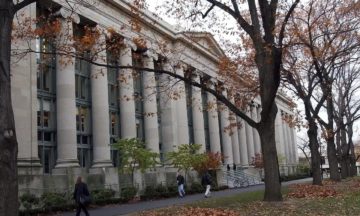 During the three decades that I headed Human Rights Watch, I recognized that we would never attract donors who wanted to exempt their favorite country from the objective application of international human rights principles. That is the price of respecting principles.
During the three decades that I headed Human Rights Watch, I recognized that we would never attract donors who wanted to exempt their favorite country from the objective application of international human rights principles. That is the price of respecting principles.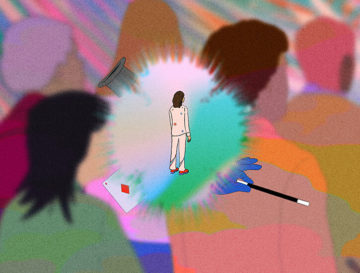 ILLUSION AND REALITY
ILLUSION AND REALITY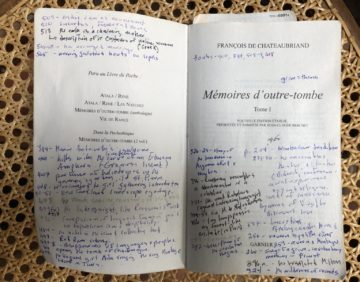 Chateaubriand says that the pleasures of youth revisited in memory are ruins seen by torchlight. I don’t know whether I’m the ruin or the torch.
Chateaubriand says that the pleasures of youth revisited in memory are ruins seen by torchlight. I don’t know whether I’m the ruin or the torch.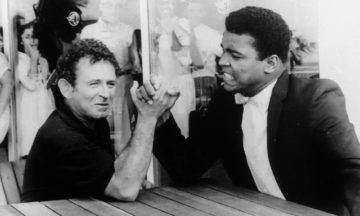 N
N It was an uncomfortable moment for people who perform colonoscopies. In October, a massive randomized clinical trial in Europe presented its initial results
It was an uncomfortable moment for people who perform colonoscopies. In October, a massive randomized clinical trial in Europe presented its initial results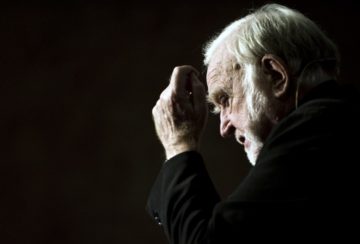 My exultant “Ha!” woke the library. I had just read Mihaly Csikszentmihalyi’s definition of “flow”—that magical feeling of getting so caught up in what you are doing that you lose track of where you are, what time it is, who might want something of you. I knew that feeling, and I craved it. Freed from space and time, oblivious to chores and deadlines, I could think and breathe and imagine. These bursts of oblivion drove everybody around me crazy, of course. I re-entered the world in a daze and had to scramble back into task-mind. But I came back refreshed and happy.
My exultant “Ha!” woke the library. I had just read Mihaly Csikszentmihalyi’s definition of “flow”—that magical feeling of getting so caught up in what you are doing that you lose track of where you are, what time it is, who might want something of you. I knew that feeling, and I craved it. Freed from space and time, oblivious to chores and deadlines, I could think and breathe and imagine. These bursts of oblivion drove everybody around me crazy, of course. I re-entered the world in a daze and had to scramble back into task-mind. But I came back refreshed and happy. In the four years since an experiment by disgraced scientist He Jiankui resulted in the
In the four years since an experiment by disgraced scientist He Jiankui resulted in the  Biologist Paul Ehrlich is one of the most discredited popular intellectuals in America. He’s so discredited that
Biologist Paul Ehrlich is one of the most discredited popular intellectuals in America. He’s so discredited that 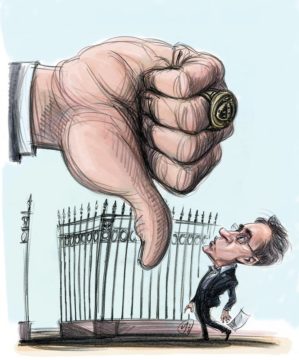 Soon after Kenneth Roth announced in April that he planned to step down as the head of Human Rights Watch, he was contacted by
Soon after Kenneth Roth announced in April that he planned to step down as the head of Human Rights Watch, he was contacted by  During the early stages of my father’s Alzheimer’s, when he still had lucid moments, I apologized to him for writing an autobiography many years earlier in which I flung open the gates of our troubled family life. He was already talking less at that point, but his eyes told me he understood. I thought of that moment when I read that Prince Harry, in his new memoir, wrote about his father, King Charles, getting between his battling sons and saying, “Please, boys, don’t make my final years a misery.” Time is an unpredictable thing. What will someone’s last memory be? I had the gift of time with my father, which allowed me to apologize, even though a disease hovered between us and clouded our communication. King Charles’s words reveal a man who is aware of his mortality and who would like his offspring to be aware of it as well.
During the early stages of my father’s Alzheimer’s, when he still had lucid moments, I apologized to him for writing an autobiography many years earlier in which I flung open the gates of our troubled family life. He was already talking less at that point, but his eyes told me he understood. I thought of that moment when I read that Prince Harry, in his new memoir, wrote about his father, King Charles, getting between his battling sons and saying, “Please, boys, don’t make my final years a misery.” Time is an unpredictable thing. What will someone’s last memory be? I had the gift of time with my father, which allowed me to apologize, even though a disease hovered between us and clouded our communication. King Charles’s words reveal a man who is aware of his mortality and who would like his offspring to be aware of it as well. I belong to that portion of humanity—a minority on the planetary scale but a majority I think among my public—that spends a large part of its waking hours in a special world, a world made up of horizontal lines where the words follow one another one at a time, where every sentence and every paragraph occupies its set place: a world that can be very rich, maybe even richer than the nonwritten one, but that requires me to make a special adjustment to situate myself in it. When I leave the written world to find my place in the other, in what we usually call the world, made up of three dimensions and five senses, populated by billions of our kind, that to me is equivalent every time to repeating the trauma of birth, giving the shape of intelligible reality to a set of confused sensations, and choosing a strategy for confronting the unexpected without being destroyed.
I belong to that portion of humanity—a minority on the planetary scale but a majority I think among my public—that spends a large part of its waking hours in a special world, a world made up of horizontal lines where the words follow one another one at a time, where every sentence and every paragraph occupies its set place: a world that can be very rich, maybe even richer than the nonwritten one, but that requires me to make a special adjustment to situate myself in it. When I leave the written world to find my place in the other, in what we usually call the world, made up of three dimensions and five senses, populated by billions of our kind, that to me is equivalent every time to repeating the trauma of birth, giving the shape of intelligible reality to a set of confused sensations, and choosing a strategy for confronting the unexpected without being destroyed.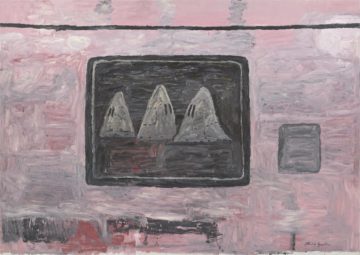 Zoé Samudzi in Jewish Currents:
Zoé Samudzi in Jewish Currents: